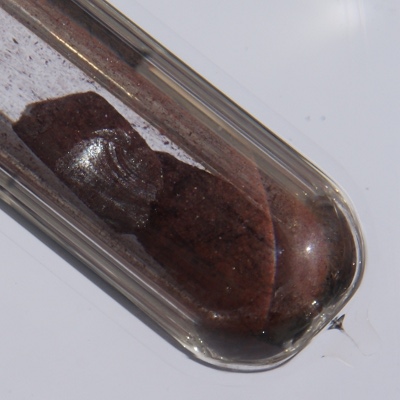Compare Silicon vs Phosphorus: Periodic Table Element Comparison Table and Properties
Compare the elements Silicon and Phosphorus on the basis of their properties, attributes and periodic table facts. Compare elements - Silicon and Phosphorus comparison table side by side across over 90 properties. All the elements of similar categories show a lot of similarities and differences in their chemical, atomic, physical properties and uses. These similarities and dissimilarities should be known while we study periodic table elements. You can study the detailed comparison between Silicon vs Phosphorus with most reliable information about their properties, attributes, facts, uses etc. You can compare Si vs P on more than 90 properties like electronegativity, oxidation state, atomic shells, orbital structure, Electronaffinity, physical states, electrical conductivity and many more. This in-depth comparison helps students, educators, researchers, and science enthusiasts understand the differences and similarities between Silicon and Phosphorus.
Silicon and Phosphorus Comparison
Here's a detailed comparison between Silicon (Si) and Phosphorus (P), focusing on their position in the periodic table, physical and chemical properties, stability, and uses.
Facts - Basic Element Details
| Name | Silicon | Phosphorus |
|---|---|---|
| Atomic Number | 14 | 15 |
| Atomic Symbol | Si | P |
| Atomic Weight | 28.0855 | 30.973761 |
| Phase at STP | Solid | Solid |
| Color | Gray | Colorless |
| Metallic Classification | Metalloid | Other Nonmetal |
| Group in Periodic Table | group 14 | group 15 |
| Group Name | carbon family | nitrogen family |
| Period in Periodic Table | period 3 | period 3 |
| Block in Periodic Table | p -block | p -block |
| Electronic Configuration | [Ne] 3s2 3p2 | [Ne] 3s2 3p3 |
| Electronic Shell Structure (Electrons per shell) | 2, 8, 4 | 2, 8, 5 |
| Melting Point | 1687 K | 317.3 K |
| Boiling Point | 3173 K | 553.6 K |
| CAS Number | CAS7440-21-3 | CAS7723-14-0 |
| Neighborhood Elements | Neighborhood Elements of Silicon | Neighborhood Elements of Phosphorus |
History
| Parameter | Silicon | Phosphorus |
|---|---|---|
| History | The element Silicon was discovered by J. Berzelius in year 1823 in Sweden. Silicon derived its name from the Latin silex, 'flint' (originally silicium). | The element Phosphorus was discovered by H. Brand in year 1669 in Germany. Phosphorus derived its name from the Greek word phoosphoros, 'carrying light'. |
| Discovery | J. Berzelius (1823) | H. Brand (1669) |
| Isolated | J. Berzelius (1823) | H. Brand (1669) |
Presence: Abundance in Nature and Around Us
Parts per billion (ppb) by weight / by atoms (1ppb =10^-7 %)
| Property | Silicon | Phosphorus |
|---|---|---|
| Abundance in Universe | 700000 / 30000 | 7000 / 300 |
| Abundance in Sun | 900000 / 40000 | 7000 / 300 |
| Abundance in Meteorites | 140000000 / 100000000 | 1100000 / 700000 |
| Abundance in Earth's Crust | 270000000 / 200000000 | 1000000 / 700000 |
| Abundance in Oceans | 1000 / 220 | 70 / 14 |
| Abundance in Humans | 260000 / 58000 | 11000000 / 2200000 |
Crystal Structure and Atomic Structure
| Property | Silicon | Phosphorus |
|---|---|---|
| Atomic Volume | 12.054 cm3/mol | 16.991 cm3/mol |
| Atomic Radius | 111 pm | 98 pm |
| Covalent Radius | 111 pm | 106 pm |
| Van der Waals Radius | 210 pm | 180 pm |
Atomic Spectrum - Spectral Lines | ||
| Emission Spectrum |  | Not available |
| Absorption Spectrum |  | |
| Lattice Constant | 543.09, 543.09, 543.09 pm | 1145, 550.3, 1126.1 pm |
| Lattice Angle | π/2, π/2, π/2 | 1.25384, 1.57725, 1.24896 |
| Space Group Name | Fd_ 3m | P-1 |
| Space Group Number | 227 | 2 |
| Crystal Structure | Tetrahedral Packing 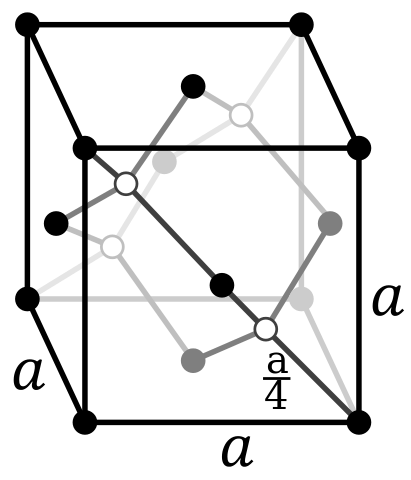 | Simple Triclinic 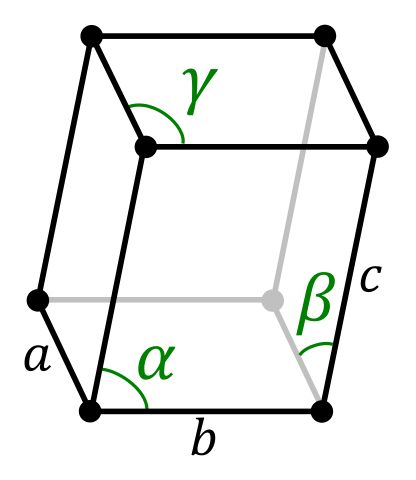 |
Atomic and Orbital Properties
| Property | Silicon | Phosphorus |
|---|---|---|
| Atomic Number | 14 | 15 |
| Number of Electrons (with no charge) | 14 | 15 |
| Number of Protons | 14 | 15 |
| Mass Number | 28.0855 | 30.973761 |
| Number of Neutrons | 14 | 16 |
| Shell structure (Electrons per energy level) | 2, 8, 4 | 2, 8, 5 |
| Electron Configuration | [Ne] 3s2 3p2 | [Ne] 3s2 3p3 |
| Valence Electrons | 3s2 3p2 | 3s2 3p3 |
| Oxidation State | -4, 4 | -3, 3, 5 |
| Atomic Term Symbol (Quantum Numbers) | 3P0 | 4S3/2 |
| Shell structure | 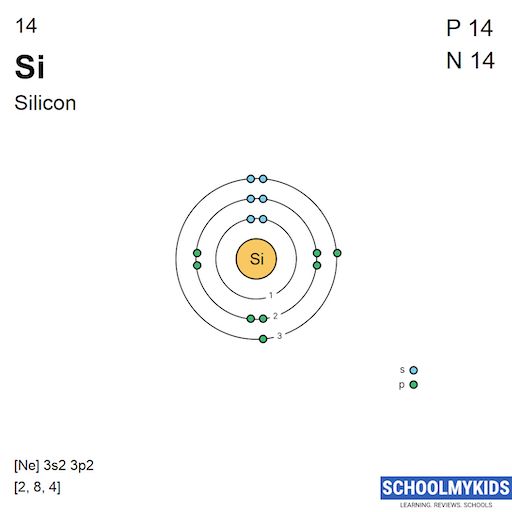 | 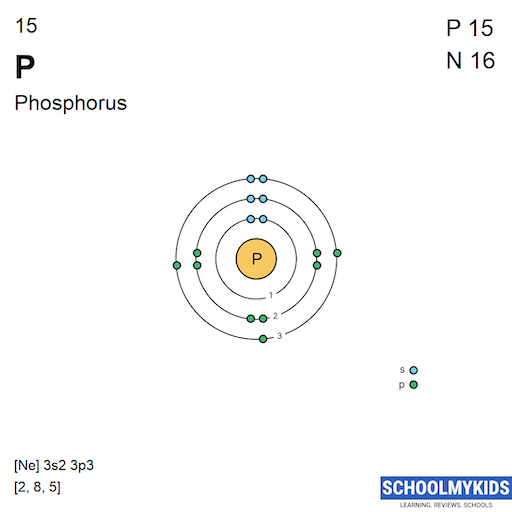 |
Isotopes and Nuclear Properties
Silicon has 3 stable naturally occuring isotopes while Phosphorus has 1 stable naturally occuring isotopes.
| Parameter | Silicon | Phosphorus |
|---|---|---|
| Known Isotopes | 22Si, 23Si, 24Si, 25Si, 26Si, 27Si, 28Si, 29Si, 30Si, 31Si, 32Si, 33Si, 34Si, 35Si, 36Si, 37Si, 38Si, 39Si, 40Si, 41Si, 42Si, 43Si, 44Si | 24P, 25P, 26P, 27P, 28P, 29P, 30P, 31P, 32P, 33P, 34P, 35P, 36P, 37P, 38P, 39P, 40P, 41P, 42P, 43P, 44P, 45P, 46P |
| Stable Isotopes | Naturally occurring stable isotopes: 28Si, 29Si, 30Si | Naturally occurring stable isotopes: 31P |
| Neutron Cross Section | 171 | 0.18 |
| Neutron Mass Absorption | 0.0002 | 0.0002 |
Chemical Properties: Ionization Energies and electron affinity
| Property | Silicon | Phosphorus |
|---|---|---|
| Valence or Valency | 4 | 5 |
| Electronegativity | 1.9 Pauling Scale | 2.19 Pauling Scale |
| Oxidation State | -4, 4 | -3, 3, 5 |
| Electron Affinity | 133.6 kJ/mol | 72 kJ/mol |
| Ionization Energies | 1st: 786.5 kJ/mol 2nd: 1577.1 kJ/mol 3rd: 3231.6 kJ/mol 4th: 4355.5 kJ/mol 5th: 16091 kJ/mol 6th: 19805 kJ/mol 7th: 23780 kJ/mol 8th: 29287 kJ/mol 9th: 33878 kJ/mol 10th: 38726 kJ/mol 11th: 45962 kJ/mol 12th: 50502 kJ/mol 13th: 235196 kJ/mol 14th: 257923 kJ/mol | 1st: 1011.8 kJ/mol 2nd: 1907 kJ/mol 3rd: 2914.1 kJ/mol 4th: 4963.6 kJ/mol 5th: 6273.9 kJ/mol 6th: 21267 kJ/mol 7th: 25431 kJ/mol 8th: 29872 kJ/mol 9th: 35905 kJ/mol 10th: 40950 kJ/mol 11th: 46261 kJ/mol 12th: 54110 kJ/mol 13th: 59024 kJ/mol 14th: 271791 kJ/mol 15th: 296195 kJ/mol |
Physical Properties
Phosphorus (1.823 g/cm³) is less dense than Silicon (2.33 g/cm³). This means that a given volume of Silicon will be heavier than the same volume of Phosphorus. Silicon is about 27.800000000000004 denser than Phosphorus
| Property | Silicon | Phosphorus |
|---|---|---|
| Phase at STP | Solid | Solid |
| Color | Gray | Colorless |
| Density | 2.33 g/cm3 | 1.823 g/cm3 |
| Density (when liquid (at melting point)) | 2.57 g/cm3 | - |
| Molar Volume | 12.054 cm3/mol | 16.991 cm3/mol |
Mechanical and Hardness Properties
| Property | Silicon | Phosphorus |
|---|---|---|
Elastic Properties | ||
| Young Modulus | 47 | - |
| Shear Modulus | - | - |
| Bulk Modulus | 100 GPa | 11 GPa |
| Poisson Ratio | - | - |
Hardness - Tests to Measure of Hardness of Element | ||
| Mohs Hardness | 6.5 MPa | - |
| Vickers Hardness | - | - |
| Brinell Hardness | - | - |
Thermal and Electrical Conductivity
| Property | Silicon | Phosphorus |
|---|---|---|
Heat and Conduction Properties | ||
| Thermal Conductivity | 150 W/(m K) | 0.236 W/(m K) |
| Thermal Expansion | 0.0000026 /K | - |
Electrical Properties | ||
| Electrical Conductivity | 1000 S/m | 10000000 S/m |
| Resistivity | 0.001 m Ω | 1e-7 m Ω |
| Superconducting Point | - | - |
Magnetic and Optical Properties
| Property | Silicon | Phosphorus |
|---|---|---|
Magnetic Properties | ||
| Magnetic Type | Diamagnetic | Diamagnetic |
| Curie Point | - | - |
| Mass Magnetic Susceptibility | -1.6e-9 m3/kg | -1.13e-8 m3/kg |
| Molar Magnetic Susceptibility | -4.49e-11 m3/mol | -3.5e-10 m3/mol |
| Volume Magnetic Susceptibility | -0.00000373 | -0.0000206 |
Optical Properties | ||
| Refractive Index | - | 1.001212 |
Acoustic Properties | ||
| Speed of Sound | 2200 m/s | - |
Thermal Properties - Enthalpies and thermodynamics
| Property | Silicon | Phosphorus |
|---|---|---|
| Melting Point | 1687 K | 317.3 K |
| Boiling Point | 3173 K | 553.6 K |
| Critical Temperature | - | - |
| Superconducting Point | - | - |
Enthalpies | ||
| Heat of Fusion | 50.2 kJ/mol | 0.64 kJ/mol |
| Heat of Vaporization | 359 kJ/mol | 12.4 kJ/mol |
| Heat of Combustion | -9055 J/(kg K) | - |
Regulatory and Health - Health and Safety Parameters and Guidelines
| Parameter | Silicon | Phosphorus |
|---|---|---|
| CAS Number | CAS7440-21-3 | CAS7723-14-0 |
| RTECS Number | RTECSVW0400000 | {N/A, RTECSTH3495000, RTECSTH3500000, N/A} |
| DOT Hazard Class | 4.1 | 4.1 |
| DOT Numbers | 1346 | {1338, 1381, 2447} |
| EU Number | - | - |
| NFPA Fire Rating | 0 | 4 |
| NFPA Health Rating | 1 | 4 |
| NFPA Reactivity Rating | 0 | 2 |
| NFPA Hazards | - | - |
| AutoIgnition Point | 150 °C | - |
| Flashpoint | - | - |
Compare Silicon and Phosphorus With Other Elements
Compare Silicon and Phosphorus with other elements of the periodic table. Explore howSilicon and Phosphorus stack up against other elements of the periodic table. Use our interactive comparison tool to analyze 90+ properties across different metals, non-metals, metalloids, and noble gases. Understanding these differences is crucial for applications in engineering, chemistry, electronics, biology, and material science.
Compare Silicon with all Group 14 elementsCompare Silicon with CarbonCompare Silicon with FleroviumCompare Silicon with GermaniumCompare Silicon with LeadCompare Silicon with Tin Compare Silicon with all Period 3 elementsCompare Silicon with ArgonCompare Silicon with AluminiumCompare Silicon with PhosphorusCompare Silicon with ChlorineCompare Silicon with SulfurCompare Silicon with MagnesiumCompare Silicon with Sodium Compare Silicon with all Metalloid elements | Compare Phosphorus with all Group 15 elementsPhosphorus vs Antimony ComparisonPhosphorus vs Arsenic ComparisonPhosphorus vs Bismuth ComparisonPhosphorus vs Nitrogen ComparisonPhosphorus vs Moscovium Comparison Compare Phosphorus with all Period 3 elementsPhosphorus vs Argon ComparisonPhosphorus vs Aluminium ComparisonPhosphorus vs Chlorine ComparisonPhosphorus vs Sulfur ComparisonPhosphorus vs Magnesium ComparisonPhosphorus vs Silicon ComparisonPhosphorus vs Sodium Comparison Compare Phosphorus with all Other Nonmetal elements |
